#Tutankhamun
Text



The Shrine of Anubis as discovered within Tutankhamun's tomb, with original linen wrappings and garlands still present. Photographed by Harry Burton, 1926.
3K notes
·
View notes
Text
Back to the past| Dark! Tutankhamun x Modern! Reader
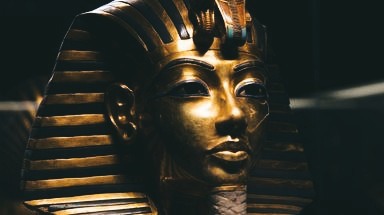
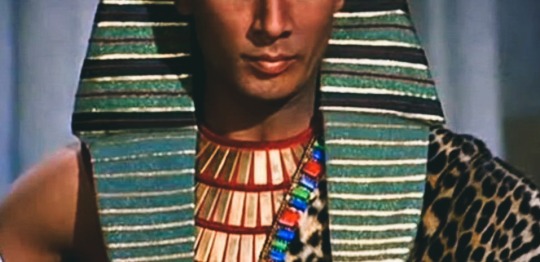

After discovering your fiance's cheating, you didn't expect to make a car accident and get transported to the past.
And not only that but meet Pharaoh Tutankhamun.
Who becomes fiercely protective of you, monitoring their every move to ensure their safety.
He might even go to extreme lengths to eliminate perceived threats.
He declares you in front of others as his wife and royal Possession Tutankhamun insists on having yoy close at all times, whether it's attending royal events together or keeping them within the palace walls.
As he Becomes more possessive as time goes on, Tutankhamun might isolate you from others, limiting your interactions to maintain control over your social circle.
Any attention you receive from none other than him, triggers Tutankhamun's jealousy, leading to intense reactions that range from subtle displeasure to more overt displays.
The young pharaoh gives you symbolic tokens of his love, like unique jewelry or clothing, to strength your connection to him.
Expensive gifts are the way to the woman's heart.
He even built a tomb for you beside his own.
"What do you think of your tomb, my love? I had everything made out of gold"
Like the delusional pharaoh really wants you to be with him in the after life.
He would pretend to be sick sometimes because he enjoys how you worry over him.
Even though you are aware of his tendencies, but you have to bear with it.
I mean what choice do you have?
It's either the streets or be the queen of one of the most famous Egyptian pharaohs.
#tw: toxic relationships#reader insert#Yandere pharaoh#tutankhamun#Tutankhamun x reader#History#egyptian history
942 notes
·
View notes
Text
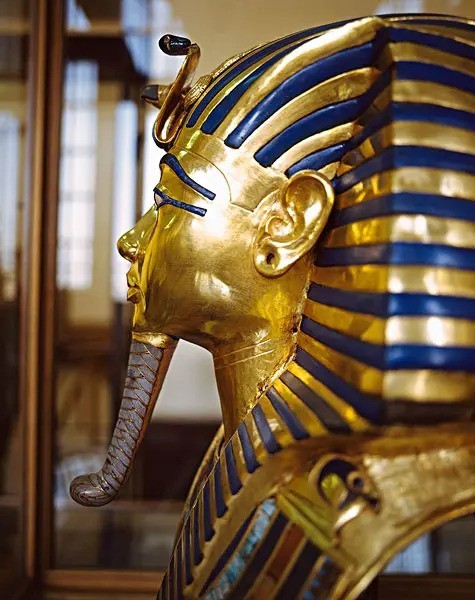
The gold mask of Tutankhamun on display in the Egyptian Museum, Cairo. JE 60672, upper floor.
The mask of Tutankhamun is an example of the highest artistic and technical achievements of the ancient Egyptians in the New Kingdom. The exact portrayal of the king’s facial features achieved here made it possible for his soul to recognize him and return to his mummified body. Thus ensuring his resurrection.
After being buried for over 3,000 years, it was excavated by Howard Carter in 1925 from tomb KV62 in the Valley of the Kings. Covering the head of the wrapped mummy in its coffin and activated by a magical spell, no.151b from the Book of the Dead, the mask ensured more protection for the king’s body.
On his brow is the kingly uraeus: the Wadjet or rearing cobra, representing Lower Egypt, combined with the vulture Nekhbet of Upper Egypt.
The combination of the two is symbolic of his domination of both lands. That is strikingly similar to the Narmer Palette's message of control of both halves of Egypt.
Read more
394 notes
·
View notes
Photo
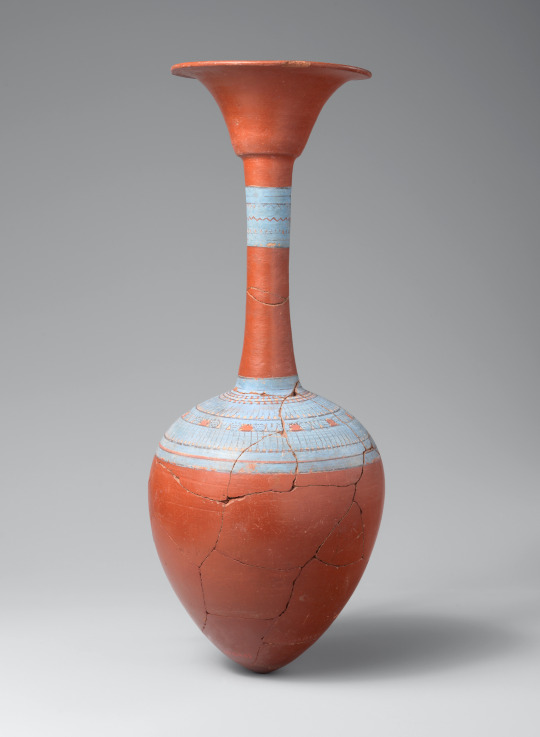
Water Bottle from Tutankhamun's Embalming Cache. New Kingdom, ca. 1336–1327 B.C.
(via Metropolitan Museum of Art)
256 notes
·
View notes
Text

May your soul live, achieving millions of years, you who love Thebes, sitting with your face to the north wind, your eyes beholding happiness - inscription on the "wishing cup" lotus chalice, the first object encountered inside the antechamber of KV62
#happy belated 100th rediscovery anniversary king#aight so everything is based on objects from the tomb#thats The Duck Tunic#its number is 050a#it is adult sized#going on vogelsang-eastwoods colour reconstruction (its faded over 3300 yrs)#duckie sandals 021f and g based on veldmeijers reconstruction they are also adult sized#diadem and meteroric iron dagger and flexible inlaid apron were all found on his mummy#ring on his left hand is the kneeling king presenting maat one which was found on that finger of his mummy#holding the lotus chalice obvs#staff is based on the ones the guardian statues have#sash is based on 100f an Amarna style belt#openwork belt buckle (alleged) whose number i dont remember#bracelets were found on his mummy#no wig was found in the tomb so its based on his depiction on the golden throne#shebiu collar and broad collar also from the tomb and the shebiu is the correct colours i tried to make the collar correct too#anyway u get the idea#ancient egypt#my art#tutankhamun#archaeology#described in alt text#oh and the hieros say the good god nebkheperure the son of ra tutankhamun#given life forever
1K notes
·
View notes
Text
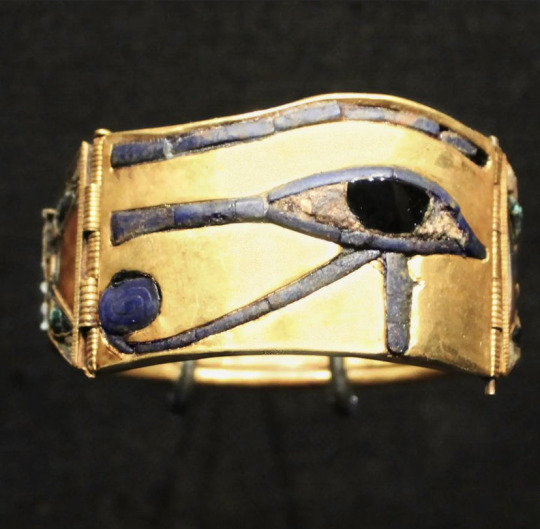
Bangle of Tutankhamen
Gold and jewels inlay Udjat Eye
18th Dynasty, New Kingdom
#art#archaeology#ancient#egyptian art#egyptology#ancient egypt#ancient jewelry#gold jewelry#jewelry#gold#jewels#tutankhamen#tutankhamun#tutankamon#new kingdom
222 notes
·
View notes
Text

Original photo of the discovery of the tomb of Tutankhamun, 1922.
371 notes
·
View notes
Text
ULTIMATE HISTORICAL FIGURE OF TUMBLR DOT COM!!!
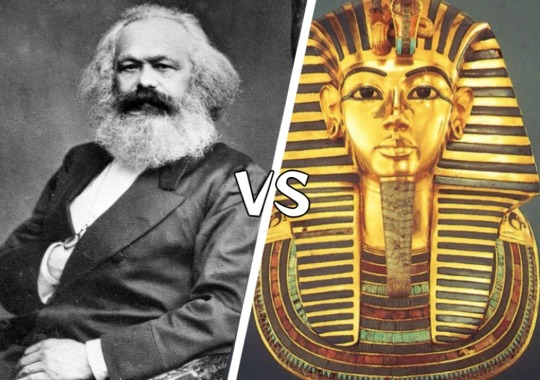
439 notes
·
View notes
Text

It's chaos on my altar. Just gods and Pharaohs everywhere! I need to decide a layout, but for now, everyone got a polishing and some fresh incense.
#kemetic#kemeticism#Egypt#egyptian gods#egyptian mythology#pharaoh#Ramesses#Tutankhamun#amun#Horus#khepri#khonsu#thoth#djehuty#hathor#sekhmet#anubis#bastet#IsThatEveryone?#Osiris#NearlyMissedOsiris
183 notes
·
View notes
Photo


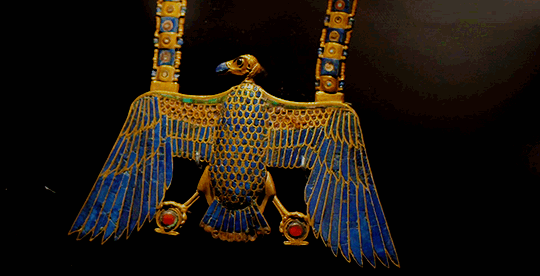

#TUT100: Centenary of the discovery of the tomb of Tutankhamun in 1922.
#egypt#ancient egypt#egyptology#archaeology#historyedit#mine#my edit#tut100#documentary#doc: tutankhamun in colour 2020#tutankhamun
966 notes
·
View notes
Text
Egyptians helped discover King Tut's tomb. Now, they're finally being recognized.

British archaeologist Howard Carter is often credited with finding Tutankhamun's tomb, but the names and identities of the Egyptians who did much of the work are largely unknown.
Now, in the exhibition "Tutankhamun: Excavating the Archive" at the University of Oxford's Bodleian libraries, which runs through Feb. 5, 2023, photos of the Egyptians who uncovered King Tutankhamun's tomb are displayed in an attempt to recognize them.
The photos in the exhibition show the Egyptians doing much of the excavation, as well as an Egyptian doctor participating in the autopsy of Tutankhamun's mummy. Another photo shows a boy wearing some of Tut's jewelry, and in another image, a group of American and European archaeologists sit down to lunch near the excavation site while Egyptians serve them. Read more.
668 notes
·
View notes
Text
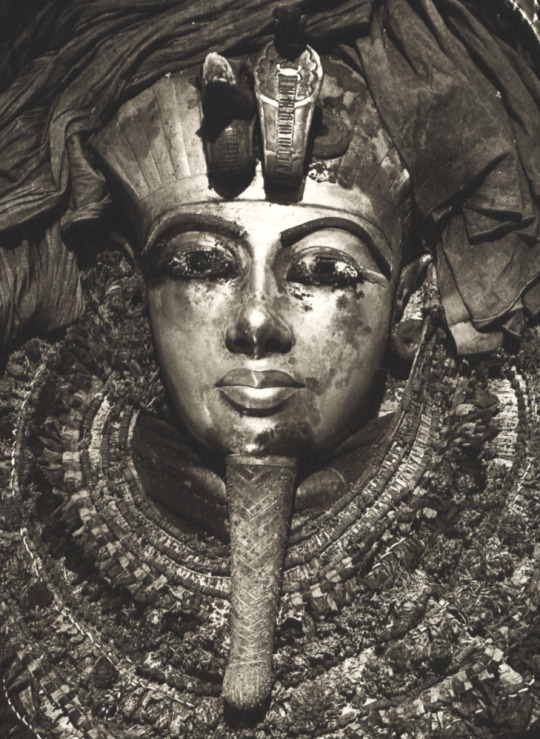
Innermost coffin of Tutankhamun with large floral garland. Photograph by Harry Burton.
523 notes
·
View notes
Text

"The Resurrection of Tutankhamun"
#tutankhamun#ancient egypt#pharoah#resurrection#mecha art#sci fi fantasy#cybernetic#ai men#ai artwork#ai generated#ai art community#gay ai art#art direction#ai gay#sci fi and fantasy#concept illustration#concept art#black superheroes#king tut#created by @imaginal-ai
40 notes
·
View notes
Text

Cosmetic Jar of Tutankhamun with lion on lid
This cosmetic alabaster jar of Tutankhamun used as an unguent or perfume container, is a masterpiece of unusual form and design. The lid is adorned with the figure of a small recumbent lion, its mouth open and an ivory tongue sticking out.
Around the jar are scenes of lions and dogs hunting bulls and gazelles, incised and stained with red, green, and blue paint. The two columns on either side have lotus capitals supporting the head of the protector god, Bes. The jar rests on crossed bars ending in the heads of the traditional foes of Egypt.
Photo: Kenneth Garrett
Read more
643 notes
·
View notes
Photo


Tutankhamun's meteoric iron dagger,
Also known as Tutankhamun's iron dagger and King Tut's dagger, is an iron-bladed dagger from the tomb of the ancient Egyptian Pharaoh Tutankhamun (reigned c. 1334–1325 BC).
As the blade Composition and homogeneity closely correlate with meteorite composition and homogeneity, the material for the blade is determined to have originated by way of a meteoritic landing.
Since the 1960s, the high nickel content in the blade has been accepted as indicative of meteoric origin. A more recent study published in June 2016 derived from x-ray fluorescence spectrometer analysis show that the blade's composition is mostly iron (Fe) and 11% nickel (Ni) and 0.6% cobalt (Co). This means its composition is placed within the median of a group of 76 previously discovered iron meteorites.
The nickel content in the bulk metal of most iron meteorites ranges from 5% to 35%, whereas it never exceeds 4% in historical iron artifacts from terrestrial ores produced before the 19th century.
Also, the nickel to cobalt ratio of this blade is comparable to that of iron meteorite materials.[2]
At the time of King Tutankhamun's mummification in approximately 1323 BC (the Bronze Age), iron smelting and manufacture were rare. Iron objects were used for only artistic, ornamental, ritual, gift giving, and ceremonial purposes as well as for pigmentation. Hence, iron during this age was more valuable or precious than gold.
The dagger is currently displayed at the Egyptian Museum in Cairo
#art#design#Egypt#dagger#blade#meteorite#iron#tutankhamun#bronze age#alien#gold#king tut#style#history#nickel#cobalt#artifacts#ritual
314 notes
·
View notes
Text
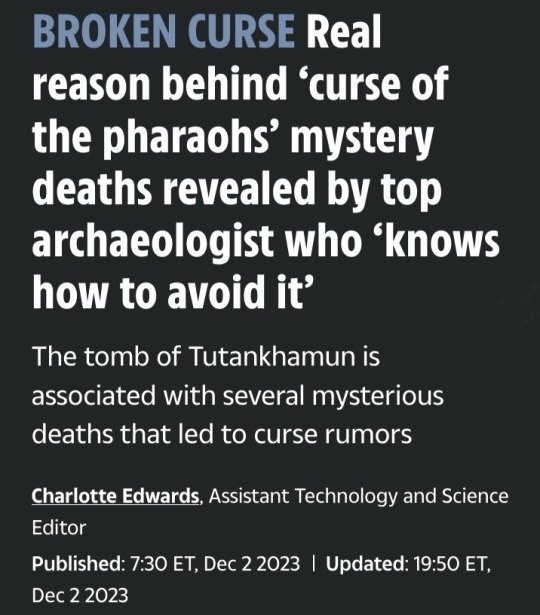
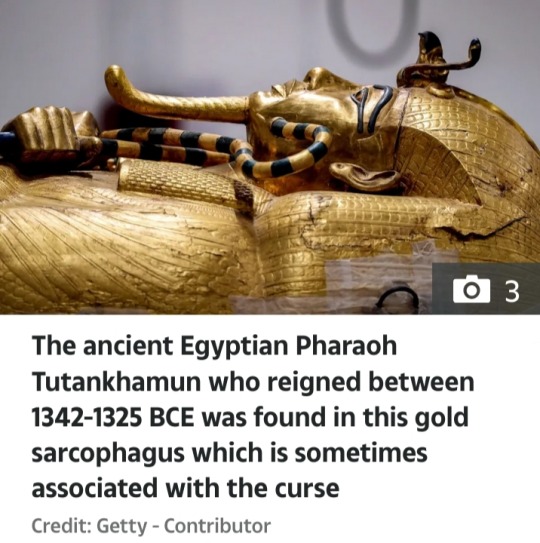
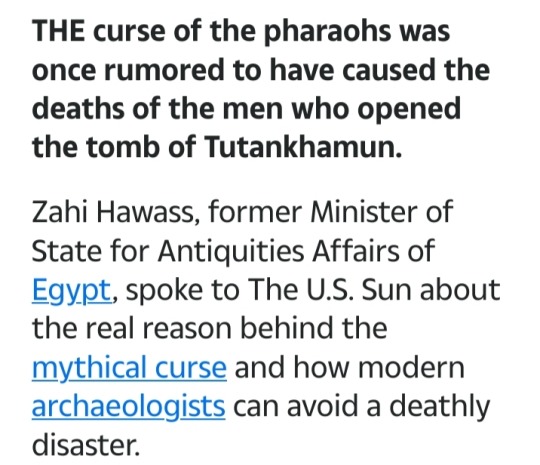
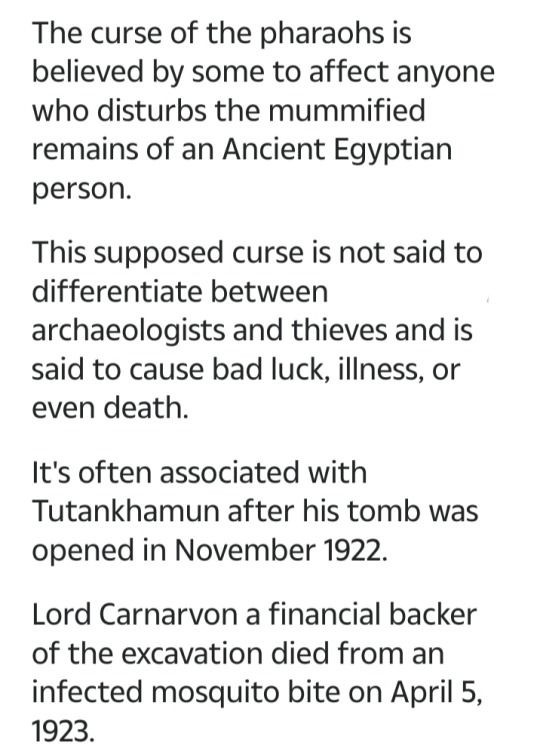
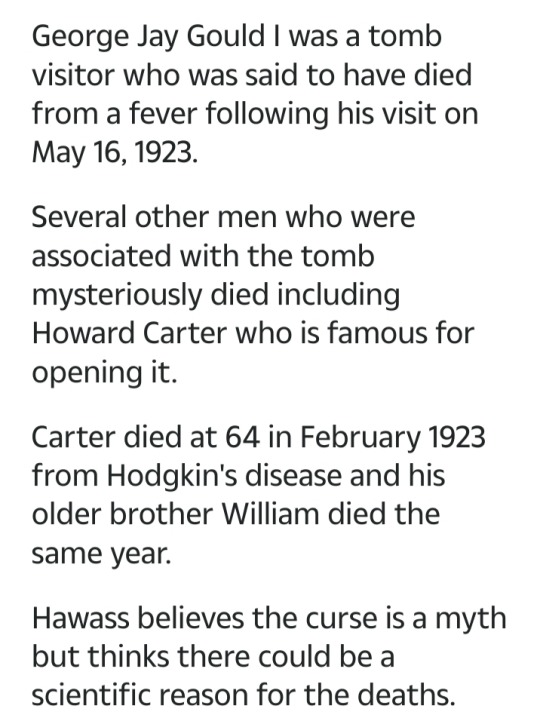
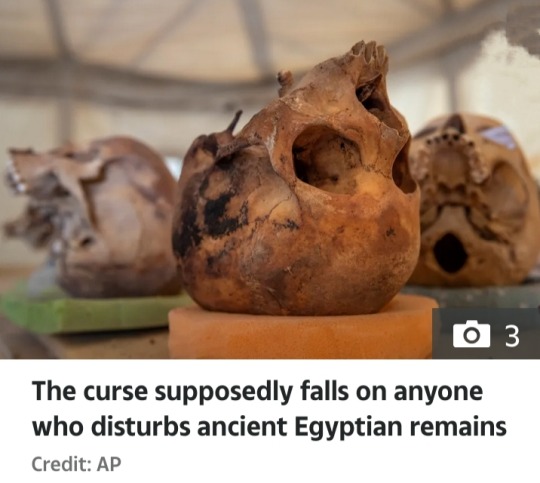
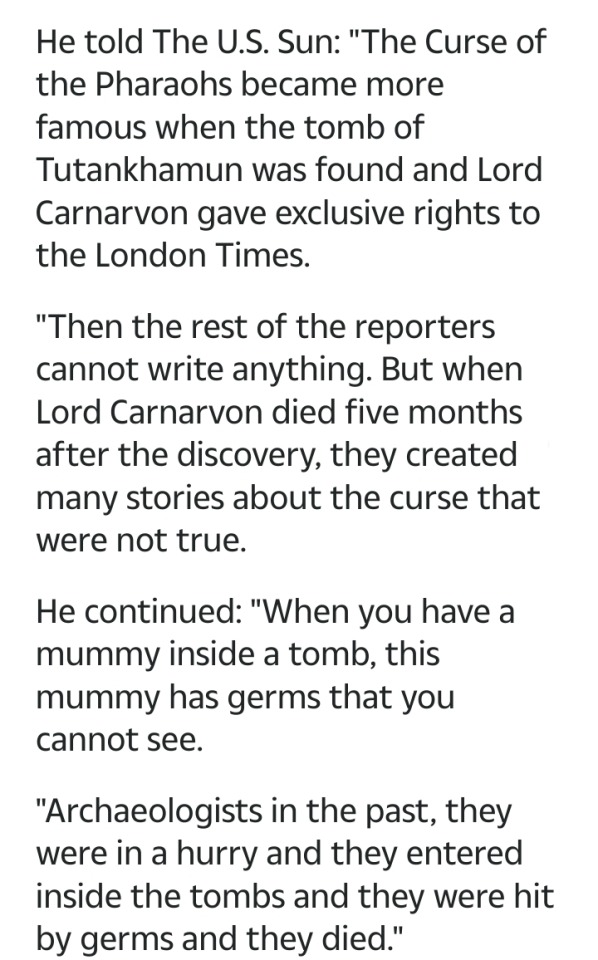
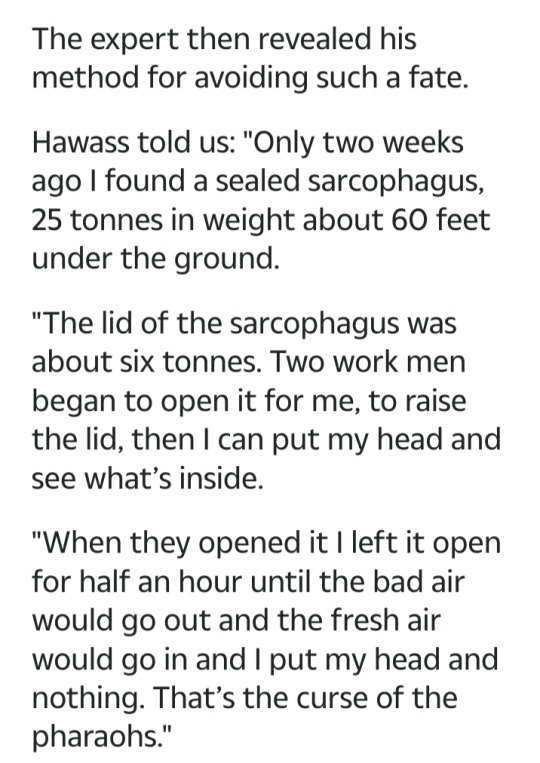

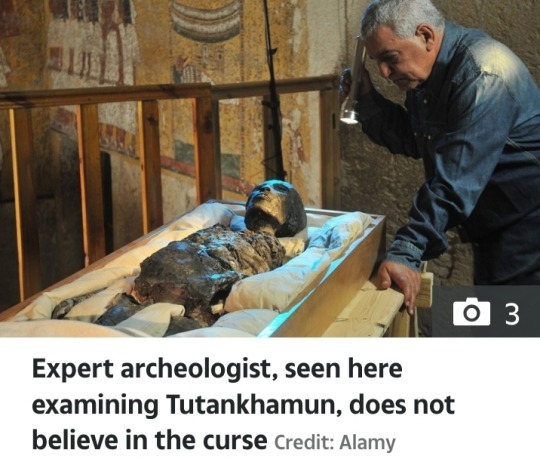
#Tutankhamun#Tomb of Tutankhamun#curse of the pharaohs#Ancient Egypt#Ancient Civilization#Dr Zahi Hawass#Minister of State for Antiquities Affairs#Egypt#mythical curse#archaeology#sarcophagus#mummified remains#Lord Carnarvon#Howard Carter#George Jay Gould I#mummies#germs#curse#Ancient Egyptian Pharaoh
60 notes
·
View notes